Table of Contents
Backtesting is a critical process for you as a trader or investor who wants to evaluate the effectiveness of your trading strategies before risking real capital. With the right tools and data, backtesting can provide you a valuable insights into the potential performance of a strategy.
In this blog, we’ll explore how to backtest trading strategies using the Amibroker Data Feed, step by step. We’ll also discuss the importance of backtesting, common mistakes to avoid, and how to interpret the results.
What is Backtesting and Why is it Important?
Backtesting is like a “practice run” for your trading strategy. Imagine you have an idea for a trading strategy that maybe you want to buy stocks when their price goes above a certain level and sell when it drops below another level.
But before you risk your real money, wouldn’t it be great to test if this idea actually works?
That is where backtesting comes in. It is a way to test your trading strategy using historical data – past prices of stocks, currencies, or any other asset. By simulating how your strategy would have performed in the past, you can see if it is profitable or not. Think of it as looking into a “time machine” to see how your strategy would have worked in real market conditions.
Why is Backtesting Important?
- Backtesting lets you test your strategy without risking a single dollar. It is like practicing in a safe environment before playing the real game.
- You can figure out what works and what doesn’t by testing your strategy. For example, you might discover that your strategy works well in trending markets but fails in sideways markets.
- Backtesting helps you fine-tune your strategy. You can adjust parameters (like stop-loss levels or entry points) to improve performance.
- If your strategy performs well in backtesting, you will feel more confident using it in real trading. On the other hand, if it performs poorly, you can go back to the drawing board and improve it.
The Role of the Amibroker Data Feed in Backtesting
You need accurate and reliable historical data to backtest effectively. This is where the Amibroker Data Feed comes in. It provides high-quality historical data, which is essential for getting realistic backtesting results.
- Why is Data Quality Important?
If your historical data is incomplete or inaccurate, your backtesting results will be misleading. For example, if the data is missing some price movements, your strategy might appear more profitable than it actually is. The Amibroker Data Feed ensures that the data you use is clean, complete, and trustworthy.
- Why Do Traders Trust Amibroker Data Feed?
The Amibroker Data Feed is known for its reliability and accuracy. Most of traders rely on it because it helps them make better decisions by providing realistic simulations of how their strategies would perform.
How to Import Historical Data into Amibroker
You need to import historical data into Amibroker before you can start backtesting. The Amibroker Data Feed supports a wide range of data formats that make it easy to import data from various sources. Here is how you can do it.
Prepare Your Data
First, you have to ensure your historical data is in a compatible format, such as CSV or ASCII. The data should include essential fields like date, open, high, low, close, and volume.
Open Amibroker
Next, launch the Amibroker application and create a new database or open an existing one of yours.
Import Data
Now, go to the File menu and select Import ASCII. Follow the prompts to map the data fields and import the file. The Amibroker Data Feed ensures that the data is accurately imported and ready for analysis.
Verify Data
Once imported, check the data for accuracy. You can use Amibroker’s charting tools to visualize the data and ensure there are no gaps or errors.
You can be confident that your historical data is clean, complete, and ready for backtesting by using the Amibroker Data Feed.
Step-by-Step Guide to Backtesting Strategies
Now that your data is imported, it is time to backtest your trading strategy. Here is a step-by-step guide to help you get started to backtest your trading strategy.
Step 1: Define Your Strategy
Before backtesting, clearly define your trading strategy. This includes entry and exit rules, position sizing, and any other parameters. For example, you might create a strategy that buys when a 50-day moving average crosses above a 200-day moving average and sells when the opposite occurs.
Step 2: Write the AFL Code
Amibroker uses its own scripting language called Amibroker AFL (AmiBroker Formula Language) to define trading strategies. Write the AFL code that represents your strategy.
Step 3: Run the Backtest
Once your AFL code is ready, go to the Analysis menu and select Backtest. Amibroker will run the backtest using the historical data from the Amibroker Data Feed. The platform will simulate trades based on your strategy and generate a detailed report.
Step 4: Analyze the Results
After the backtest is complete, review the results. Amibroker provides a wealth of information, including metrics like net profit, drawdown, win rate, and risk-adjusted returns. These metrics will help you evaluate the performance of your strategy.
Step 5: Optimize Your Strategy
If the results are not satisfactory, consider optimizing your strategy. You can tweak parameters like stop-loss levels, take-profit targets, or moving average periods. Re-run the backtest to see if the changes improve performance.
Common Mistakes in Backtesting
While backtesting is a powerful tool, it is not without its pitfalls. Here are some common mistakes to avoid
Overfitting
This occurs when a strategy is overly optimized to perform well on historical data but fails in live markets. Avoid overfitting by keeping your strategy simple and testing it on out-of-sample data.
Ignoring Transaction Costs
Failing to account for transaction costs like commissions and slippage can lead to unrealistic results. The Amibroker Data Feed allows you to include these costs in your backtests for more accurate simulations.
Using Insufficient Data
Backtesting on a small dataset can produce unreliable results. Ensure you have enough historical data to capture different market conditions.
Ignoring Market Impact
If you are trading large positions, your trades can impact the market price. This effect is often overlooked in backtesting but can significantly affect real-world performance.
By being aware of these mistakes, you can ensure that your backtesting results are more reliable and actionable.
How to Interpret Backtesting Results
Interpreting backtesting results is a crucial step in the process. Here are some key metrics you have to focus on.
Net Profit
The total profit or loss generated by the strategy. A positive net profit indicates a potentially profitable strategy.
Drawdown
The maximum loss from a peak to a trough. A high drawdown indicates a higher risk.
Win Rate
The percentage of winning trades. A high win rate is desirable but not always necessary if the average winning trade is significantly larger than the average losing trade.
Risk-Adjusted Returns
Metrics like the Sharpe ratio or Sortino ratio help assess the return relative to the risk taken. Higher ratios indicate better risk-adjusted performance.
Trade Frequency
The number of trades generated by the strategy. High-frequency strategies may incur higher transaction costs.
By analyzing these metrics, you can gain a comprehensive understanding of your strategy’s performance and make informed decisions about its viability.
Conclusion
Backtesting trading strategies using the Amibroker Data Feed is an essential step for you as a trader looking to validate your ideas and improve your performance. By importing high-quality historical data, defining clear strategies, and avoiding common mistakes, you can generate reliable backtesting results that provide valuable insights.
The Amibroker Data Feed ensures that your backtesting process is based on accurate and comprehensive data, giving you the confidence to deploy your strategies in live markets. Whether you’re a beginner or an experienced trader, mastering the art of backtesting with Amibroker can significantly enhance your trading success.
So, take the time to backtest your strategies thoroughly, interpret the results carefully, and refine your approach. With the right tools and mindset, you’ll be well on your way to achieving your trading goals.





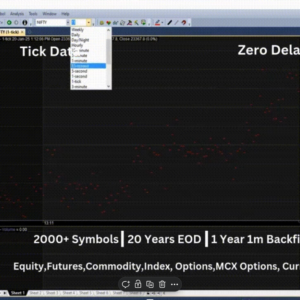
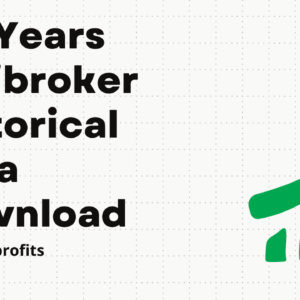
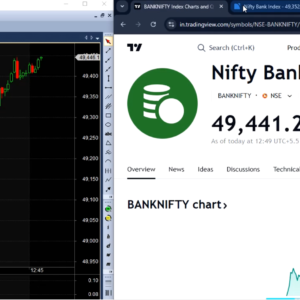
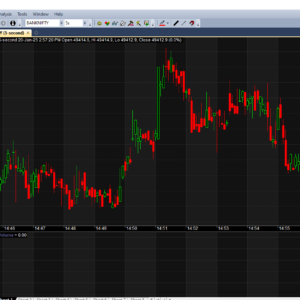
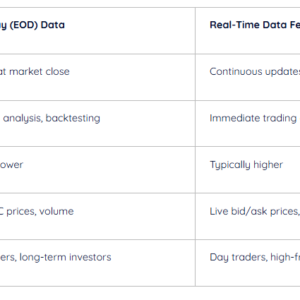
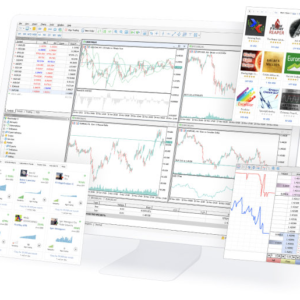
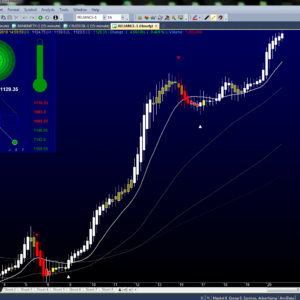


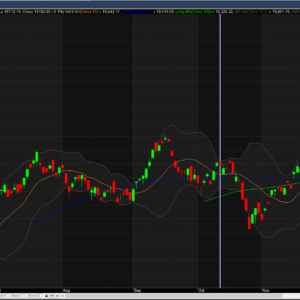





Add a Comment